In this mini DIY project, we will build a 2.1-channel home theater system of 100 W with a deep base and crystal-clear sound output at a very low cost of 1200/- to 1500/- Rupees only.
Big speaker systems like 2.1 / 4.1 / 5.1-channel, home theater systems with Bluetooth connectivity and excellent quality sound (crystal clear and crisp) and deep base (BASS effect) from popular manufacturers are available in the market at a cost starting from 5000/- Rupees and go as high as 50,000/ or more. Even excellent quality Bluetooth headphones, earbuds, and speakers cost 1500/- Rs to 15000/- or more.
But here, we will learn how to create a homemade sound system at a much lower cost. First, have a look at some of the features of this homemade sound system.
Features
- 100W sound output with triple TDA2030A based amplifier circuit
- Deep base output at 50 Hz using 4” to 8” subwoofer
- Crystal clear high-frequency sound output up to 15 KHz
- Bass and treble control
- USB and SD card support for playing music through a Flash drive or memory card
- AUX input for connecting external audio input
- Bluetooth 3.0 connectivity for playing wireless music using smartphone, laptop, tablet, etc
- Full functional remote with nine preset equalizers (rock, pop, jazz, classic, etc.)
Now, let’s start with the building part of the project.
Required items
Now let us start step-by-step.
Bass and treble control potentiometer connections
For bass and treble control, we use 100 K potentiometers. The three terminals of this pot are connected with a 3-pin connector, as shown. These 3-pin connectors are given with an amplifier kit. 4 such 3-pin connectors are given for
- bass control
- treble control
- volume control
- dual speaker connections
Volume control pot connections
The volume control pot is 47K, with a dual left and right audio channel. Its connections are shown in the figure.
Terminals 1 and 2 get left and right audio inputs from the USB-MP3 module. Terminals 3 and 4 connect with a 3-pin connector as left-channel and right-channel audio inputs. Terminals 5 and 6 are short and connected to common ground from both sides.
Speaker and sub-woofer connections
Two speakers are connected with 3-pin connectors, as shown in the figure.
The negative terminals of both speakers are shorted and connected with the middle terminal of the connector. In contrast, the connector’s left and right channel audio outputs connect both speakers’ positive terminals. The sub-woofer has two terminals, and a 2-pin connector is connected.
These complete all connections of accessories. Now let us see how these are connected to the amplifier kit.
Connection with amplifier kit
The figure below shows where to connect the items above to the amplifier kit.
The complete wiring diagram is shown in the figure below.
Bass and treble control pots are connected to bass and treble connectors, respectively.
The volume control pot is connected to an audio input connector and the MP3-USB module. The module is given a 5V supply from the amplifier kit through onboard 5V regulator LM7805. Dual speakers are connected to the audio output connector, and the sub-woofer is connected to the woofer connector.
The amplifier kit gets 24 V AC input from a 12-0-12 2A transformer. A 3-pin connector is connected to the secondary transformer and to the 12-0-12 input connector of the amplifier kit.
As shown, the transformer is given a 230 V AC supply through an ON-OFF switch and a fuse.
This completes all the wirings of the 2.1-channel home theatre system. Next is to build an outer case or box housing for our home theatre. The box measures L=24”, B = 10”, and H = 12” using an 8 MM MDF board.
Make a front panel of the box, as shown in the figure. Cut holes and openings for the subwoofer, two speakers, an MP3 module, and three pot knobs. Also, make a 1” hole and insert 15 cm 1” diameter PVC pipe, as shown in the figure. Now fix all the items with small screws and give some final touch (with names, colors, stickers, etc.).
Your 2.1 channel home theatre system is now ready.
Here are the snaps of my 2.1-channel home theatre system.
Please watch the youtube video for this
So, what are you waiting for? Just plug it. Switch it on. Set Bluetooth mode in the module. Pair it with your smartphone. Play from a smartphone and enjoy crystal clear, deep base, melodic music.
You may also like:
Filed Under: Electronic Projects, More Editor's Picks

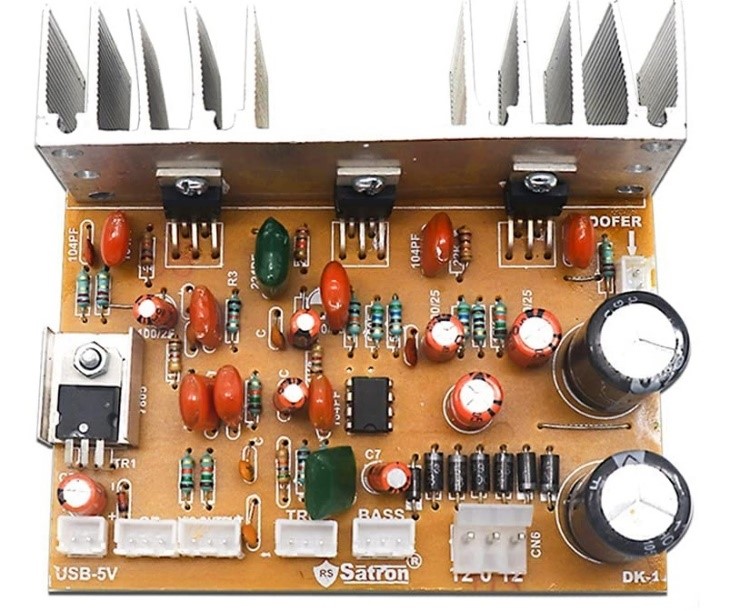









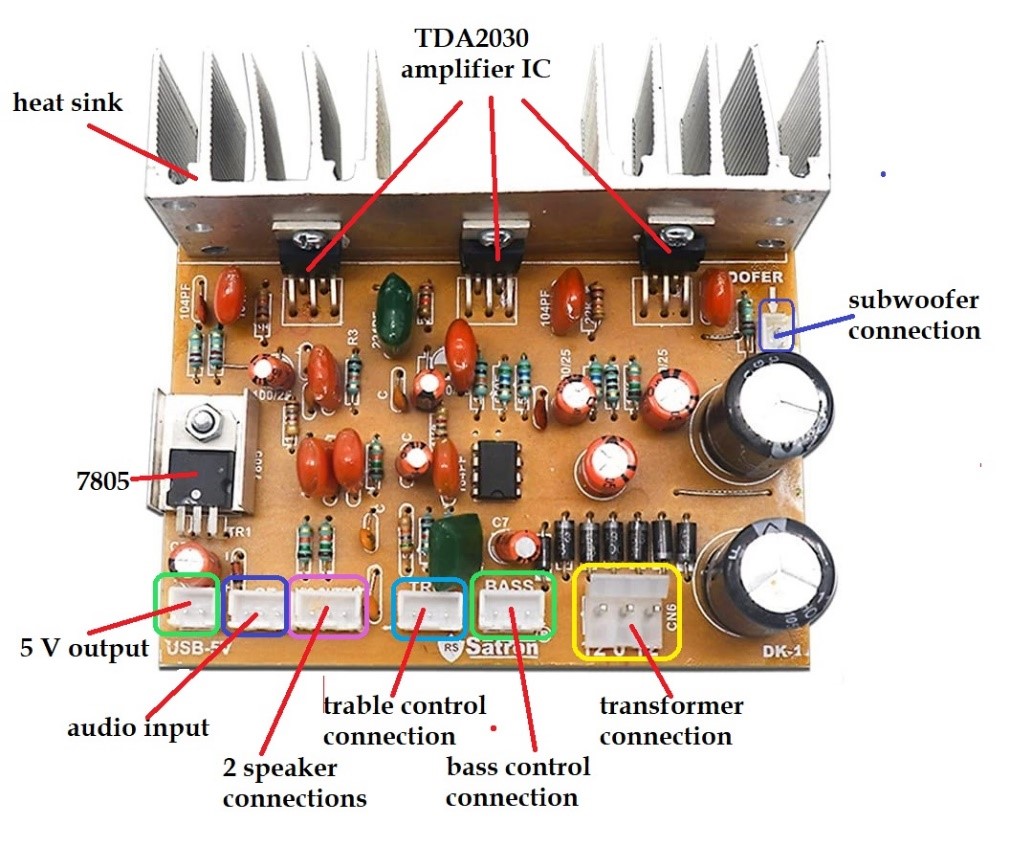
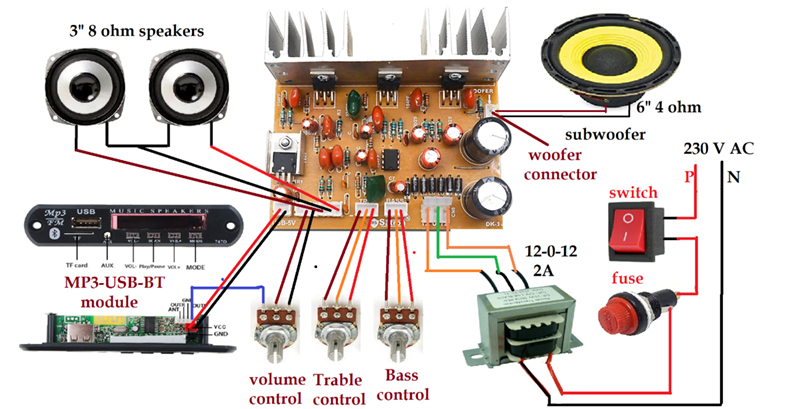



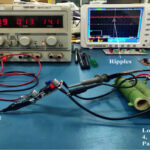
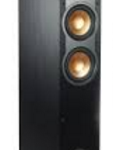
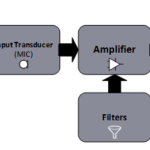
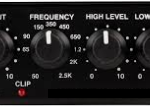
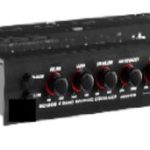


Questions related to this article?
👉Ask and discuss on Electro-Tech-Online.com and EDAboard.com forums.
Tell Us What You Think!!
You must be logged in to post a comment.